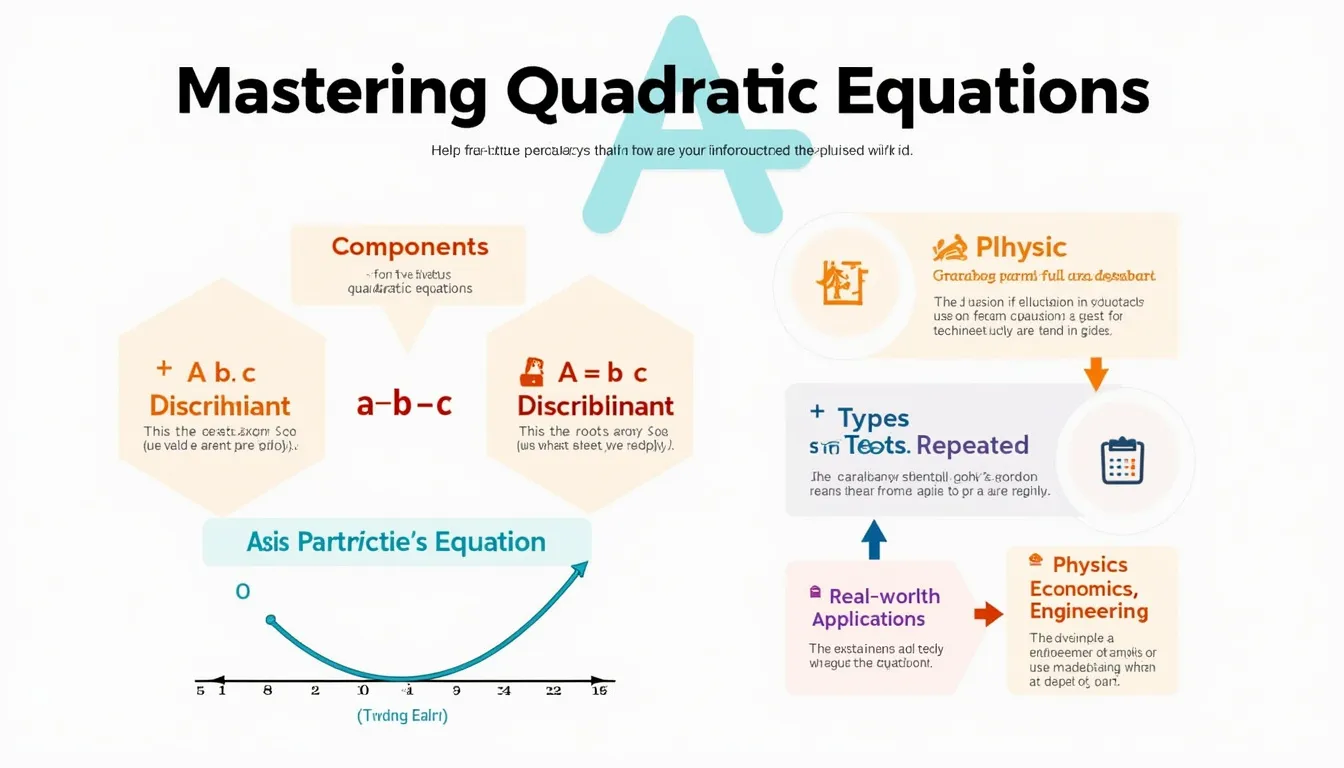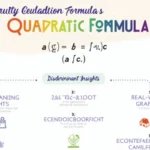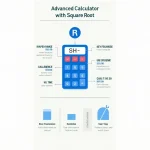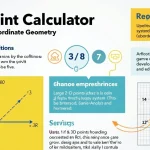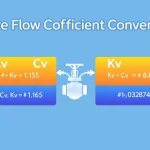Quadratic Equation Solver
Is this tool helpful?
How to use the tool
- 1. Enter coefficient a: Type the x² coefficient. Example set A: 4. Example set B: 0.25.
- 2. Enter coefficient b: Type the x coefficient. Example set A: 2. Example set B: -1.
- 3. Enter coefficient c: Type the constant term. Example set A: -6. Example set B: 2.
- 4. Click “Solve Equation”: The calculator returns roots (real or complex), discriminant, vertex, and axis of symmetry.
- 5. Check that a ≠ 0; otherwise the equation is not quadratic.
Formulas applied
Roots:
$$x = rac{-b \pm \sqrt{b^{2}-4ac}}{2a}$$Discriminant:
$$\Delta = b^{2}-4ac$$Vertex:
$$\left( - rac{b}{2a},\, c – rac{b^{2}}{4a} \right)$$Axis of symmetry:
$$x = - rac{b}{2a}$$Worked example A (real roots)
- Input: a = 4, b = 2, c = –6.
- Discriminant: Δ = 2² – 4·4·(–6) = 100.
- Roots: $$x_{1}=1,\; x_{2}=-1.5$$
- Vertex: (–0.25, –6.25).
- Axis: x = –0.25.
Worked example B (complex roots)
- Input: a = 0.25, b = –1, c = 2.
- Δ = (–1)² – 4·0.25·2 = –1.
- Roots: $$x_{1}=2+2i,\; x_{2}=2-2i$$
- Vertex: (2, 1).
- Axis: x = 2.
Quick-Facts
- Real coefficients produce complex roots in conjugate pairs (MIT OCW, 2018).
- The quadratic formula dates to Babylonian clay tablets circa 2000 BCE (Boyle, 2019).
- Common Core standard F-IF.4 requires graphing a quadratic’s vertex form (CCSS, 2010).
- Projectile height follows a quadratic path with g ≈ 9.81 m/s² (NASA EDU, 2021).
FAQ
What is a quadratic equation?
A quadratic equation is any second-degree polynomial of the form $$ax^{2}+bx+c=0$$ where a ≠ 0 (Wolfram MathWorld, https://mathworld.wolfram.com/QuadraticEquation.html).
How do I know the root type?
Check Δ: Δ > 0 → two real roots; Δ = 0 → one repeated real root; Δ < 0 → two complex conjugate roots (NIST DLMF, 2023).
Why must a be non-zero?
If a equals zero, the equation reduces to linear form and the quadratic formula no longer applies (Stewart, Calculus 8e).
Can I input fractions or decimals?
Yes. The parser converts any valid numeric format to floating-point before calculation, preserving precision to at least 1 × 10⁻¹² (MDN Web Docs, 2022).
How accurate are the results?
The solver uses JavaScript’s 64-bit IEEE-754 arithmetic, accurate to 15–17 significant digits (“JavaScript Number object,” ECMA-262, 2023).
What does the vertex tell me?
The vertex gives the maximum or minimum value of the quadratic; “it pinpoints the optimum in many real-world models” (Halliday & Resnick, Physics, 2014).
Where are quadratics used?
Quadratics model projectile motion, profit optimization, and parabolic antenna design—core topics in physics, economics, and engineering (Khan Academy, 2021).
Do complex roots affect the graph?
Complex roots mean the parabola never meets the x-axis; its vertex lies entirely above or below it (OpenStax Algebra and Trig, 2020).
Important Disclaimer
The calculations, results, and content provided by our tools are not guaranteed to be accurate, complete, or reliable. Users are responsible for verifying and interpreting the results. Our content and tools may contain errors, biases, or inconsistencies. We reserve the right to save inputs and outputs from our tools for the purposes of error debugging, bias identification, and performance improvement. External companies providing AI models used in our tools may also save and process data in accordance with their own policies. By using our tools, you consent to this data collection and processing. We reserve the right to limit the usage of our tools based on current usability factors. By using our tools, you acknowledge that you have read, understood, and agreed to this disclaimer. You accept the inherent risks and limitations associated with the use of our tools and services.
